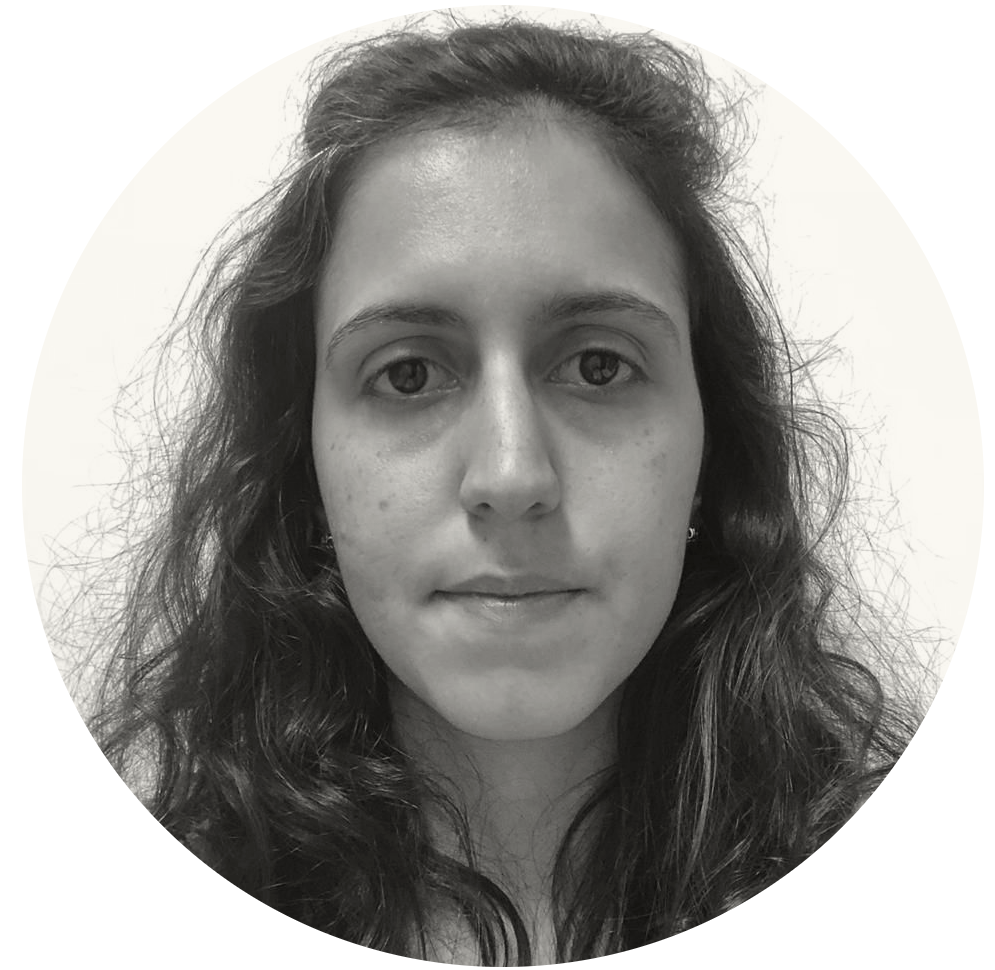
Gabriel Mayr
Project Manager at SPIELERPASS and member of the Olympic Studies Group – GEO US.
Email: gmos@mayr.net.br
Twitter: @gmayr

Giovana Alves Pinheiro
Sports journalist and member of the Olympic Studies Group – GEO USP.
Email: gi.alves.pinheiro@gmail.com
Twitter: @giapinheiro
This review examines the media coverage of Bruna Alexandre’s participation in the 2024 Olympic and Paralympic Games, focusing on the stark differences between the two. As the first Brazilian Paralympic athlete to compete in the Olympics, Alexandre’s story presents a unique opportunity to assess how inclusive sports coverage is approached. While her journey leading up to the Olympics was widely covered, during the Games, due to her lack of victories, the coverage of results diminished in Brazil. During the Paralympic Games, media presence decreased dramatically, where only a fraction of journalists were present, compared to the Olympics, leading to much less visibility of her achievements.
The media coverage of Alexandre’s Olympic participation was overwhelmingly positive. Her story was framed as a historic milestone for inclusivity in sports, and the tone remained respectful and inspirational without veering into sensationalism. Coverage treated her as a trailblazer, highlighting her participation as a significant moment for the representation of athletes with disabilities at the highest level of competition.Leading up to the Olympics, articles celebrated her role as a barrier-breaker. They explored her life story, including her arm amputation at three months old, but her disability was presented as context rather than the focus. Reports emphasized her participation in both the Olympics and Paralympics, reflecting her exceptional skill and determination. The aspirational tone of these articles portrayed Alexandre as an athlete with clear goals, setting her up as more than just a symbol of inclusion but as a contender.
Once the Games began, coverage focused heavily on Alexandre’s performance, discussing match tactics, results, and team dynamics. Her disability was mentioned, but it did not overshadow her identity as an athlete. Articles maintained a neutral tone in losses or eliminations, ensuring that her historic presence remained a central point regardless of outcomes. She was frequently quoted, which allowed her to share her mindset and reinforce her competitive drive. The consistent reference to her as a trailblazer helped maintain her significance in Olympic narratives.
Once the Paralympic Games commenced, the coverage of Alexandre significantly diminished. Despite being one of Brazil’s most successful para table tennis players, media attention waned. The majority of journalists had left after the Olympics, leaving only a handful to cover the Paralympic events. Articles that did mention her focused mainly on her participation in the Olympics, rather than highlighting her ongoing achievements in the Paralympics. This discrepancy in coverage highlights a persistent gap in visibility between the two events, even for a high-profile athlete like Alexandre.
Inclusive reporting
Throughout the Olympics, articles employed person-first language, referring to Alexandre as an athlete before mentioning her disability. This approach emphasized her athleticism over her disability status, a key aspect of inclusive reporting. While her story was undoubtedly framed as inspirational, the coverage avoided reducing her to a symbol of perseverance based solely on her disability. The focus remained on her skill, determination, and achievements. By treating Alexandre’s participation in the Olympics as a natural progression in sports, the media contributed to normalizing the inclusion of athletes with disabilities in mainstream competitions. This framing represented a shift towards more inclusive perspectives in sports journalism.
However, during the Paralympics, this inclusive approach was largely absent. The reduced media presence resulted in fewer opportunities for in-depth reporting on her performance, and the focus shifted back to her Paralympic status rather than maintaining the broader narrative of inclusion seen during the Olympics.
Areas for improvement in media coverage
The sharp decline in media attention during the Paralympic Games was a major shortfall. As one of Brazil’s most decorated Para athletes, Alexandre’s achievements deserved the same level of coverage as her Olympic performance. Greater parity in media presence across both events is crucial for equitable representation of athletes with disabilities.
More in-depth reporting could have explored the systemic barriers preventing equal representation of Paralympic athletes in the media. Discussing policy changes, training adaptations, and evolving perspectives in sports governance would provide valuable context to Alexandre’s journey and the broader movement towards inclusivity in sports. While Olympic coverage included direct quotes from Alexandre, more in-depth interviews during the Paralympics could have offered greater insight into the unique challenges she faces as an athlete competing in both events.
Conclusion
Bruna Alexandre’s participation in the 2024 Olympic Games received positive and largely inclusive coverage, with media outlets highlighting her historic role without sensationalizing her disability. The tone was respectful, focusing on her athletic achievements and competitive spirit. However, the sharp decline in coverage during the Paralympic Games exposed a persistent disparity in how athletes with disabilities are portrayed, even for those competing at the highest levels. The situation can also refer to the tradition of Brazilian media to focus on wins and gold medalists. As Bruna didn’t have a groundbreaking sporting success at the Games, the coverage was significantly impacted by this.

